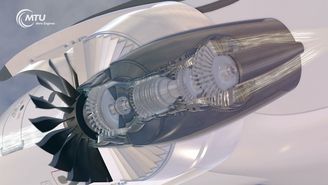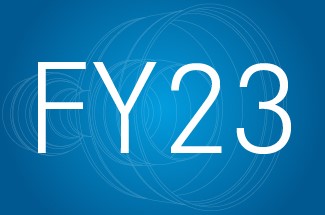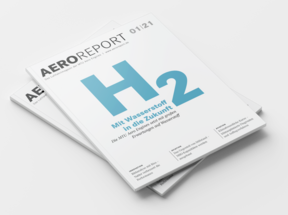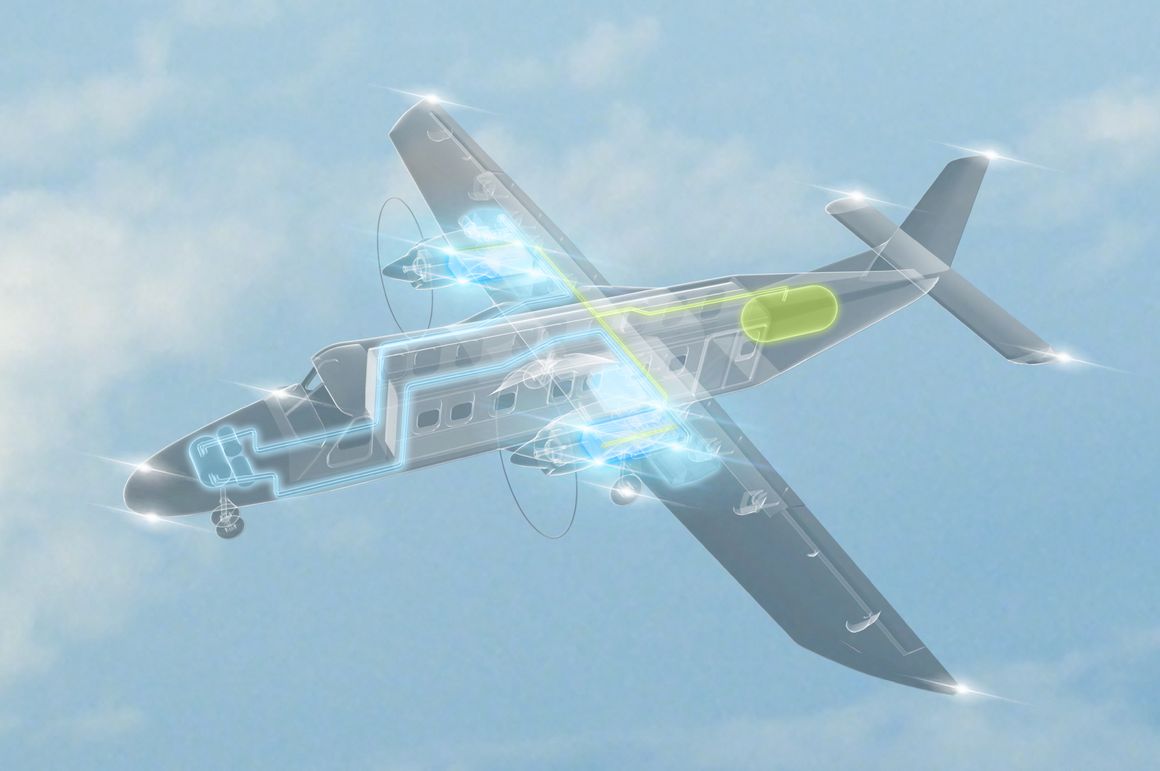Among the revolutionary propulsion concepts to emerge from MTU is an electric propulsion system: the Flying Fuel CellTM (FFC). It is set to be deployed soon on short-haul routes in regional air traffic. As its efficiency improves, the flying fuel cell should be in operation on short- and medium-haul routes as of 2050, further reducing the climate impact of commercial aviation.
In the FFC, hydrogen and oxygen react to form water, thereby releasing electrical energy. A highly efficient electric motor then uses this energy to drive the propellor through a gearbox. The electric motor is being developed by MTU and eMoSys GmbH. The Starnberg-based electric motor developer and small-volume manufacturer has been a part of MTU since April 2023.
The Flying Fuel CellTM does not produce any emissions of CO2 or NOx or particulates—its only emission is water. It thus reduces the climate impact of aviation by as much as 95 percent - i.e., to virtually zero. And since the propellor is then the sole source of noise, the FFC will also help achieve massive noise reductions.







